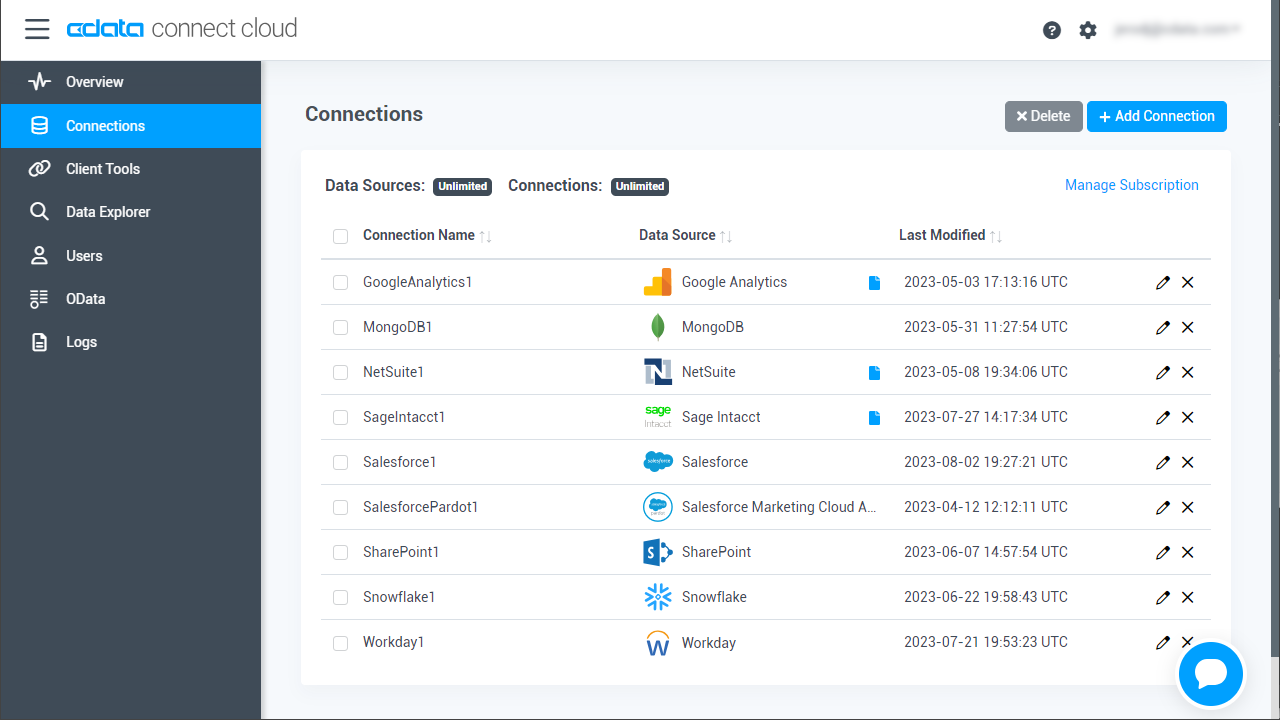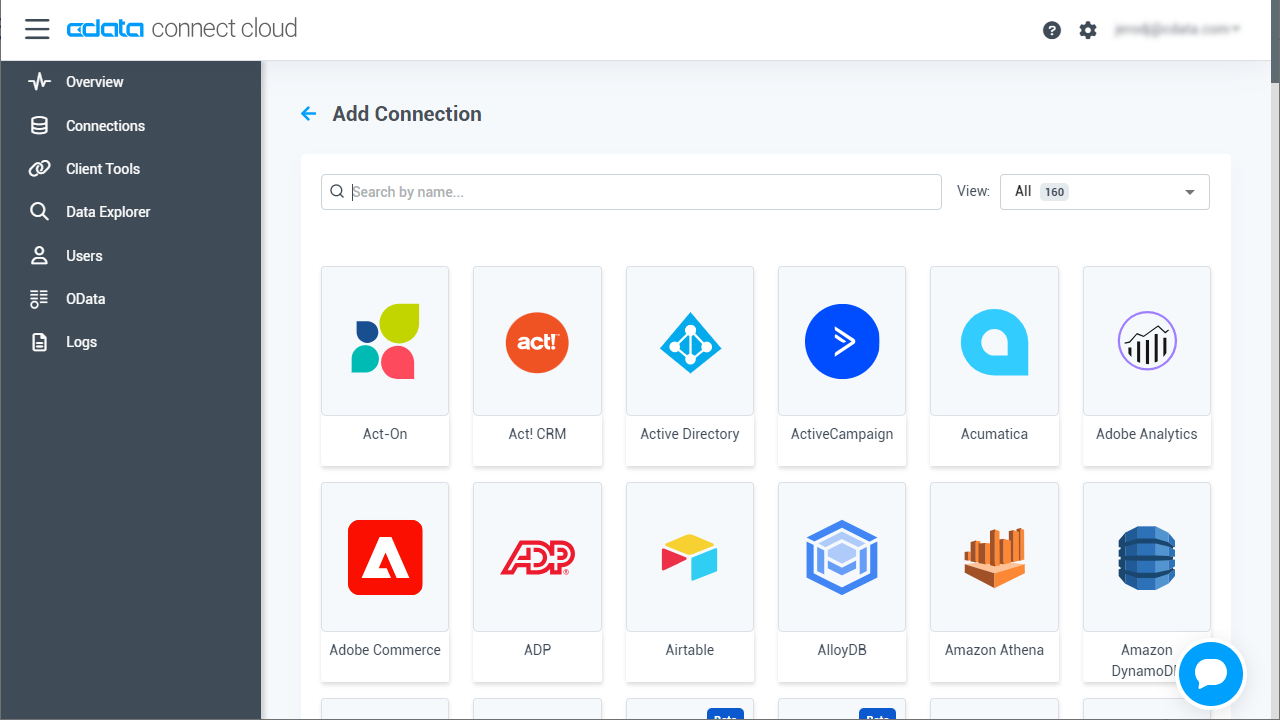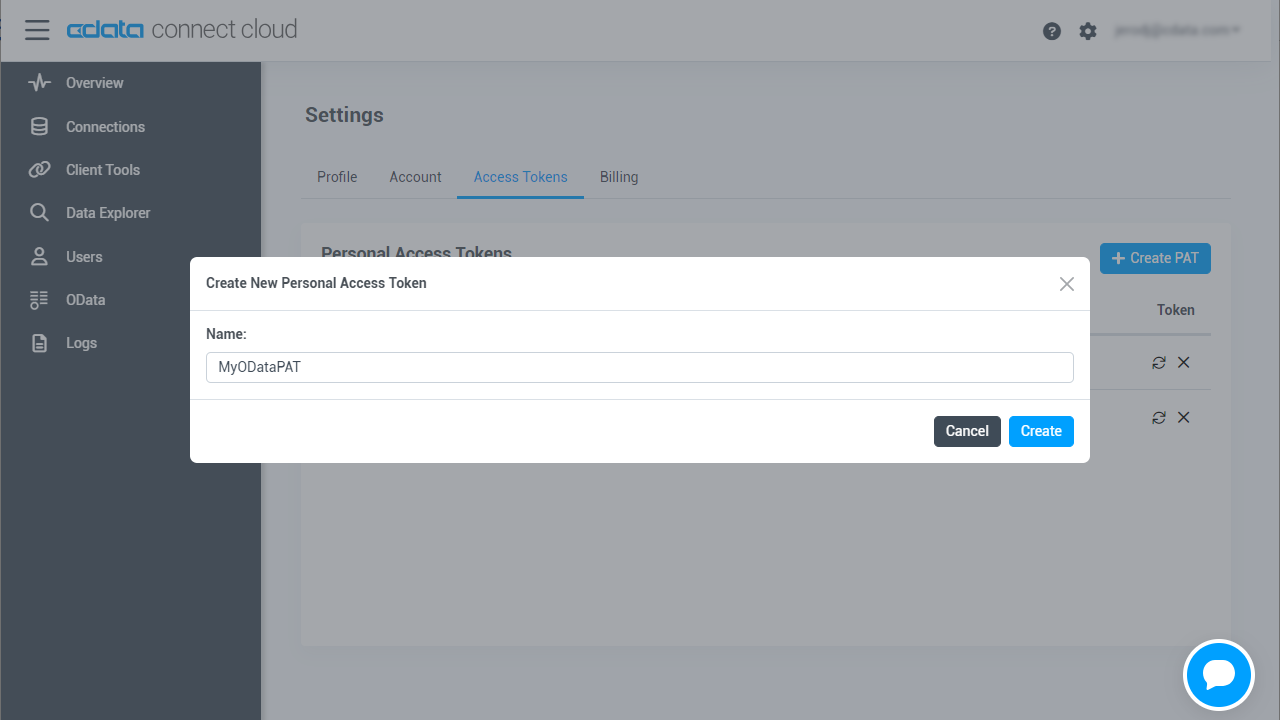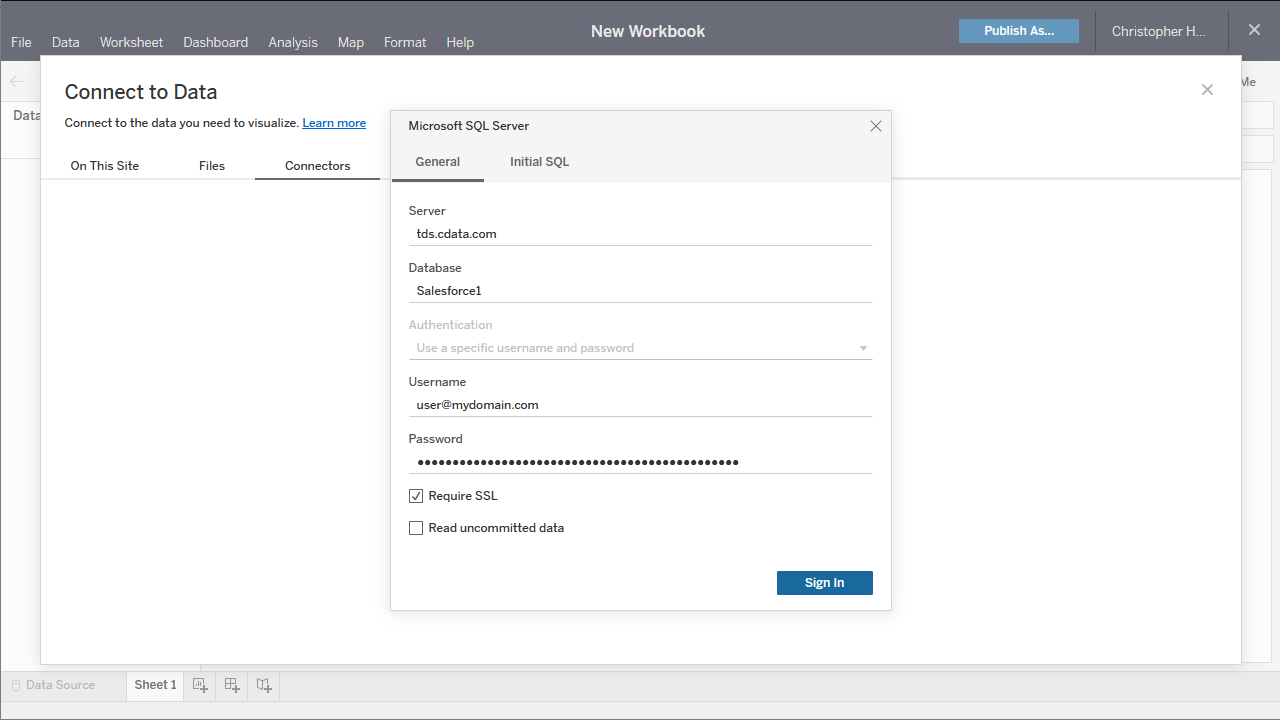Discover how a bimodal integration strategy can address the major data management challenges facing your organization today.
Get the Report →Build SharePoint Visualizations in Tableau Cloud
Use CData Connect Cloud to connect to live SharePoint data and build visualizations in Tableau Cloud.
Tableau Cloud is an analytics platform fully hosted in the cloud. When paired with CData Connect Cloud, you get instant, cloud-to-cloud access to SharePoint data for visualizations, dashboards, and more. This article shows how to connect to SharePoint and build visualizations from SharePoint data in Tableau Cloud.
CData Connect Cloud provides a pure SQL Server, cloud-to-cloud interface for SharePoint, allowing you to easily build visualizations from live SharePoint data in Tableau Cloud without installing connectors or publishing worksheets and data sources from Tableau Desktop. As you build visualizations, Tableau Cloud generates SQL queries to gather data. Using optimized data processing out of the box, CData Connect Cloud pushes all supported SQL operations (filters, JOINs, etc) directly to SharePoint, leveraging server-side processing to quickly return SharePoint data.
About SharePoint Data Integration
Accessing and integrating live data from SharePoint has never been easier with CData. Customers rely on CData connectivity to:
- Access data from a wide range of SharePoint versions, including Windows SharePoint Services 3.0, Microsoft Office SharePoint Server 2007 and above, and SharePoint Online.
- Access all of SharePoint thanks to support for Hidden and Lookup columns.
- Recursively scan folders to create a relational model of all SharePoint data.
- Use SQL stored procedures to upload and download documents and attachments.
Most customers rely on CData solutions to integrate SharePoint data into their database or data warehouse, while others integrate their SharePoint data with preferred data tools, like Power BI, Tableau, or Excel.
For more information on how customers are solving problems with CData's SharePoint solutions, refer to our blog: Drivers in Focus: Collaboration Tools.
Getting Started
About SharePoint Data Integration
Accessing and integrating live data from SharePoint has never been easier with CData. Customers rely on CData connectivity to:
- Access data from a wide range of SharePoint versions, including Windows SharePoint Services 3.0, Microsoft Office SharePoint Server 2007 and above, and SharePoint Online.
- Access all of SharePoint thanks to support for Hidden and Lookup columns.
- Recursively scan folders to create a relational model of all SharePoint data.
- Use SQL stored procedures to upload and download documents and attachments.
Most customers rely on CData solutions to integrate SharePoint data into their database or data warehouse, while others integrate their SharePoint data with preferred data tools, like Power BI, Tableau, or Excel.
For more information on how customers are solving problems with CData's SharePoint solutions, refer to our blog: Drivers in Focus: Collaboration Tools.
Getting Started
Configure SharePoint Connectivity for Tableau Cloud
Connectivity to SharePoint from Tableau Cloud is made possible through CData Connect Cloud. To work with SharePoint data from Tableau Cloud, we start by creating and configuring a SharePoint connection.
- Log into Connect Cloud, click Connections and click Add Connection
![Adding a Connection]()
- Select "SharePoint" from the Add Connection panel
![Selecting a data source]()
-
Enter the necessary authentication properties to connect to SharePoint.
Set the URL property to the base SharePoint site or to a sub-site. This allows you to query any lists and other SharePoint entities defined for the site or sub-site.
The User and Password properties, under the Authentication section, must be set to valid SharePoint user credentials when using SharePoint On-Premise.
If you are connecting to SharePoint Online, set the SharePointEdition to SHAREPOINTONLINE along with the User and Password connection string properties. For more details on connecting to SharePoint Online, see the "Getting Started" chapter of the help documentation
![Configuring a connection (Salesforce is shown)]()
- Click Create & Test
- Navigate to the Permissions tab in the Add SharePoint Connection page and update the User-based permissions.
![Updating permissions]()
Add a Personal Access Token
If you are connecting from a service, application, platform, or framework that does not support OAuth authentication, you can create a Personal Access Token (PAT) to use for authentication. Best practices would dictate that you create a separate PAT for each service, to maintain granularity of access.
- Click on your username at the top right of the Connect Cloud app and click User Profile.
- On the User Profile page, scroll down to the Personal Access Tokens section and click Create PAT.
- Give your PAT a name and click Create.
![Creating a new PAT]()
- The personal access token is only visible at creation, so be sure to copy it and store it securely for future use.
With the connection configured, you are ready to connect to SharePoint data from Tableau Cloud.
Visualize Live SharePoint Data in Tableau Cloud
The steps below outline creating a new data source in Tableau Cloud based on the virtual SharePoint database in Connect Cloud and building a simple visualization from the data.
- Log into Tableau Cloud, select a account, and create a new workbook.
- In the new workbook, choose the Microsoft SQL Server Connector from the data wizard and fill in the values for your Connect Cloud instance.
- Set Server to tds.cdata.com,14333
- Set Database to the SharePoint connection you created (e.g. SharePoint1)
- Set Username to your Connect Cloud username (e.g. [email protected])
- Set Password to a PAT for the above user
- Check the Require SSL checkbox
![Connect to Connect Cloud from Tableau Cloud]()
- Select your newly created database and the table(s) you wish to visualize (defining relationships for JOINad tables as needed).
- Select Dimensions and Measures and configure your visualization.

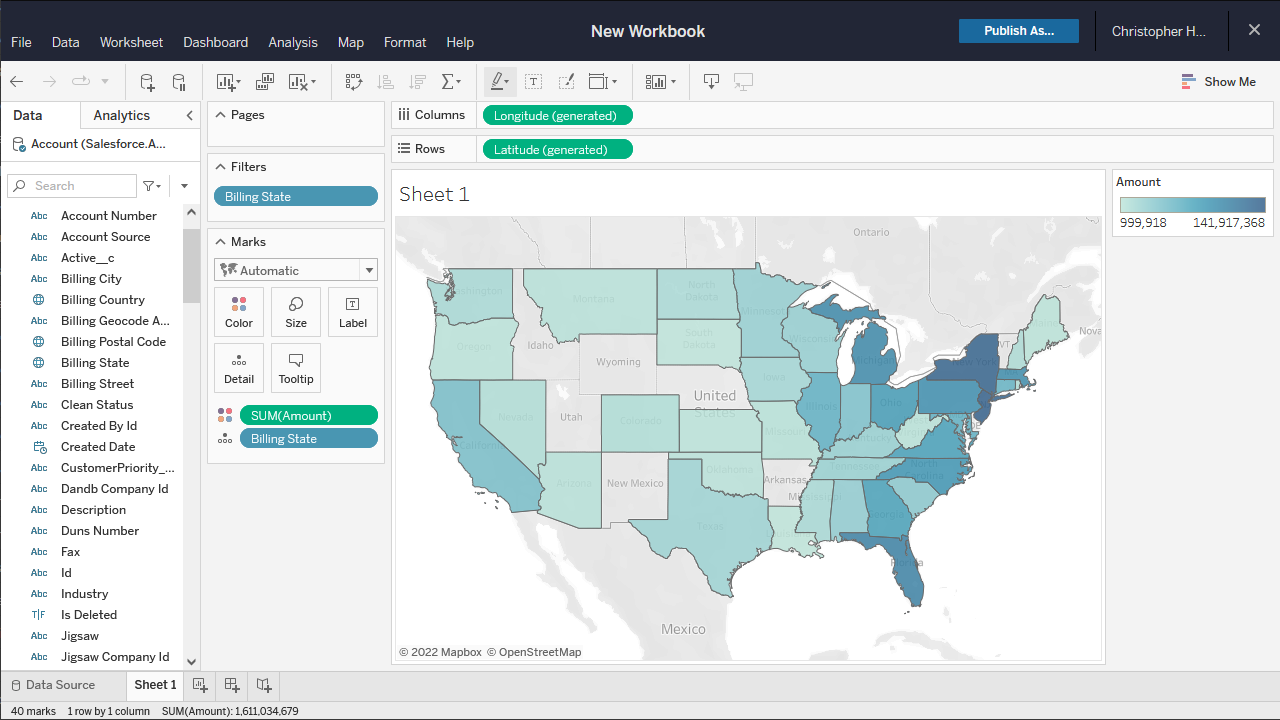
Real-Time Access to SharePoint Data from Cloud Applications
At this point, you have a direct, cloud-to-cloud connection to live SharePoint data from your Tableau Cloud workbook. You can create new visualizations, build dashboards, and more, with no need to publish data sources and workbooks from Tableau Desktop. For more information on gaining live access to data from more than 100 SaaS, Big Data, and NoSQL sources from cloud applications like Tableau Cloud, refer to our Connect Cloud page.





